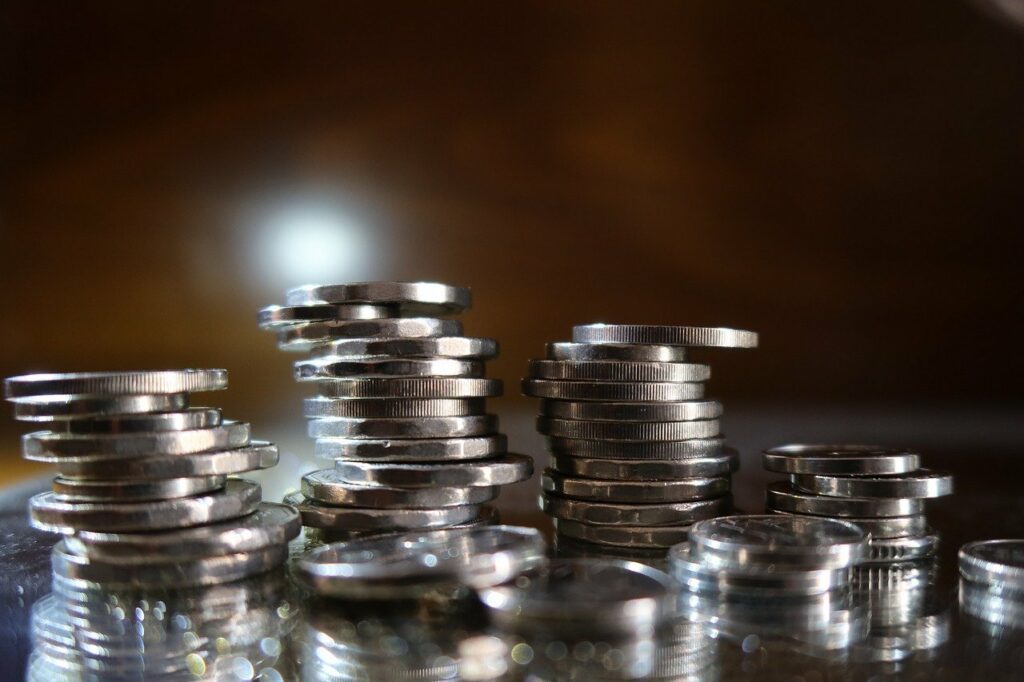Power to Hydrogen has secured $159,970 in funding from NGIF Accelerator, backed by Shell and FortisBC, to validate its patented anion exchange membrane (AEM) electrolyzer technology in the Canadian market.
The project centers on a 500-kW integrated system equipped with what the company claims are the largest commercially deployed AEM stacks worldwide. At full operation, the system is expected to produce up to 250 kilograms of hydrogen and two tones of oxygen per day. The pilot will target applications in refining, power generation, and blending into natural gas streams—three areas where decarbonization pressures are intensifying but cost barriers remain significant.
Electrolyzer innovation has been dominated by proton exchange membrane (PEM) and alkaline systems, both of which face constraints. PEM offers high efficiency and responsiveness but relies on scarce and expensive catalysts such as iridium. Alkaline systems are cheaper but less flexible, especially under variable renewable energy input. AEM electrolysis has been positioned as a potential middle ground, using lower-cost materials while aiming to achieve efficiency levels closer to PEM. However, large-scale commercial validation has been limited, making Power to Hydrogen’s deployment a key test case for the technology’s competitiveness.
For the Canadian gas sector, hydrogen blending remains controversial. Studies from the International Energy Agency suggest that hydrogen blends above 20% by volume require major pipeline and appliance retrofits, while smaller blends offer limited emissions reductions relative to the investment required. Demonstrating whether AEM can deliver hydrogen at a price point that enables meaningful blending could shape utility strategies, particularly as provinces such as British Columbia move toward ambitious decarbonization targets.
The funding also reflects a wider push by Canadian industry to evaluate pre-commercial hydrogen technologies under real-world conditions. NGIF Accelerator, supported by major utilities and energy companies, has increasingly directed funds toward projects that bridge laboratory results with industrial application. By supporting Power to Hydrogen, Shell and FortisBC are signaling interest in diversifying hydrogen production pathways beyond the current focus on PEM and alkaline designs.
Cost, however, remains the decisive factor. At 250 kilograms per day, the system represents less than 0.01% of the hydrogen volumes needed if Canada is to align with its federal hydrogen strategy projections, which target up to 30% of energy demand met by hydrogen by 2050. The critical question will be whether AEM electrolysis can scale rapidly without encountering the durability and performance issues that have challenged other novel cell architectures.
Stay updated on the latest in energy! Follow us on LinkedIn, Facebook, and X for real-time news and insights. Don’t miss out on exclusive interviews and webinars—subscribe to our YouTube channel today! Join our community and be part of the conversation shaping the future of energy.
